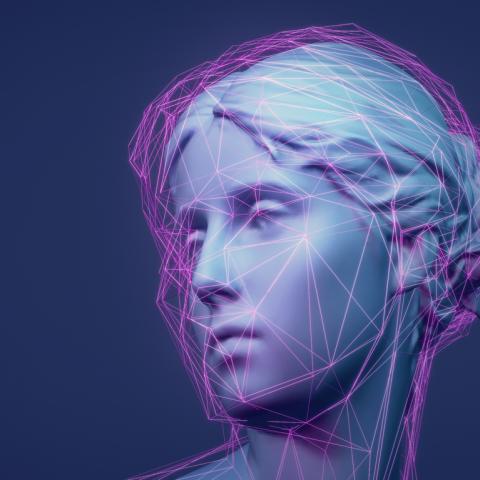The SEC Newgate AI Weekly

In today’s AI weekly we look at the AI-powered robots helping to make wind turbines, the AI tools managing the family office tasks of some of the world’s billionaires and the new AI software modelling DNA.
AI-powered robots to help making wind turbine blades
Researchers at the US Department of Energy’s National Renewable Energy Laboratory have successfully utilised AI-powered robots to trim, grind and sand wind turbine blades.
The difficult and dangerous work is currently carried out by workers perching on scaffolding in protective suits, including respiratory gear.
The researchers, however, believe the breakthrough could lead to more renewable jobs, at least in the US, by making building turbines domestically, more economically competitive than importing them. More information on the research is in the Science Daily here.
Family office admin gets AI boost
Managing the finances, investments, insurance, tax services and philanthropy for Ultra-High-Net-Worth Individuals (HNWIs) is no doubt a very complicated process.
But, as reported by Institutional Investor, the more mundane tasks of running family offices, such as reconciling bank statements, has become easier, thanks to AI.
Large accounting and business consulting firm Amarino, which boasts more than 60 billionaires as clients, teamed up with one family office to develop a bot, which within a couple of weeks was ‘running and reconciling everything’.
The firm now offers a suite of tools to help family offices with back-office and human resource tasks, as well as bespoke AI tools for things like investment due diligence, grant identification and advanced financial modelling.
Google’s DeepMind can now model DNA
Google has not just stopped with its big AI transition from Bard to Gemini. As reported in Wired, the company has also updated AlphaFold, which is software developed by Google’s DeepMind AI, to predict the 3D structure of proteins, including DNA and other molecules important in biology.
This is a significant development because it could help scientists better understand how diseases work and develop new drugs. The programme uses a technique from image generation AI to improve its predictions.









